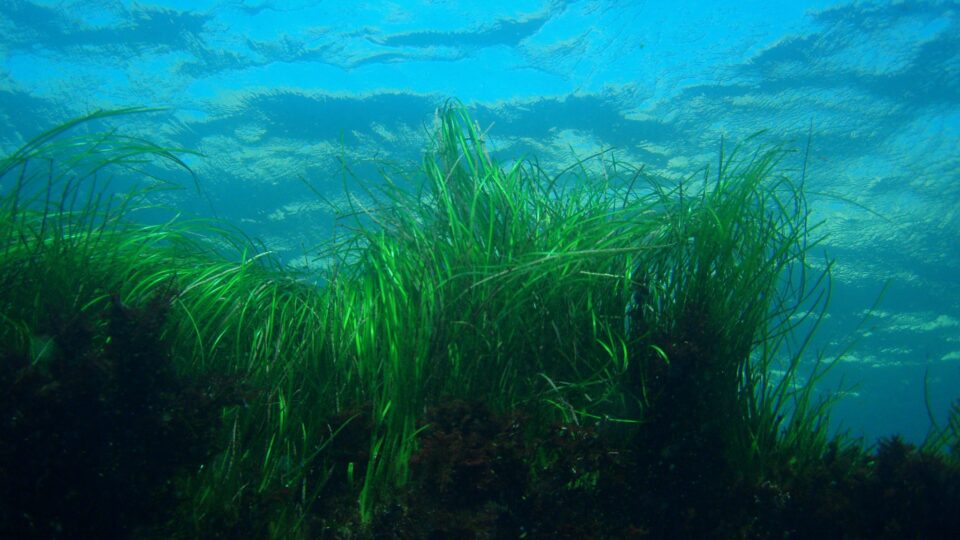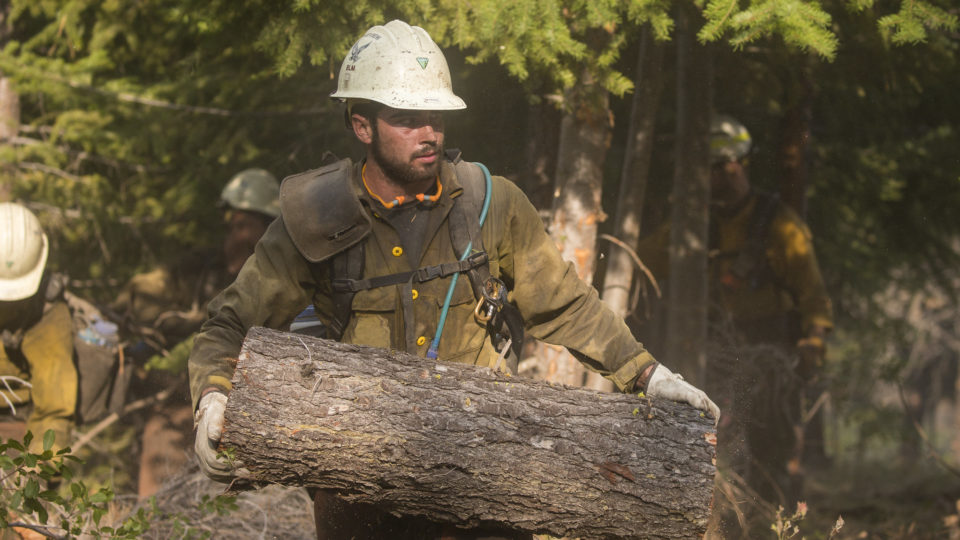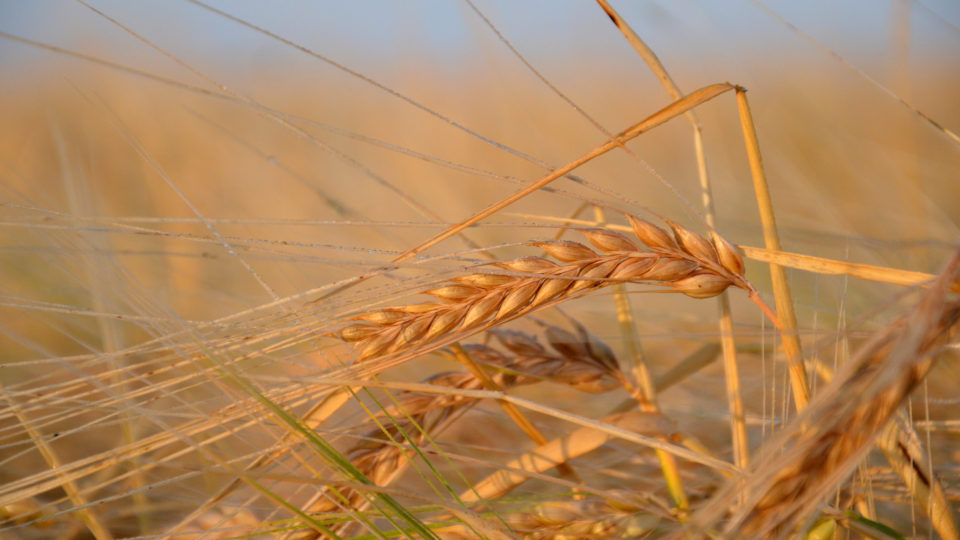Seagrasses are the basis of important marine ecosystems. Sea turtles, bat rays, leopard sharks, fish, and harbor seals are just some of the marine creatures that visit seagrass ecosystems for the food and habitat they provide. They are nursery grounds for many aquatic animals and many birds visit seagrass meadows to dine on what lives within them. They may seem like slimy grasses that we walk through along some shorelines, but they are important.
These marine forests are valuable for many different reasons including climate mitigation and erosion control. A third of the carbon dioxide emitted across the globe is absorbed by the ocean and seagrass meadows are an important carbon sink.
A new study, recently published in the journal Global Change Biology, investigated how seagrasses can buffer ocean acidification. The six-year-long study found that these ecosystems can alleviate low ocean pH – that is, more acidic – conditions for extended periods of time, even at night in the absence of photosynthesis.
In some places, the pH buffering from the seagrasses brings the local environments back to preindustrial pH conditions, like what the ocean might have experienced around the year 1750.
Seagrasses naturally absorb carbon as they photosynthesize when the sun is out, which drives the buffering ability. The study found the surprising result that the effects of pH buffering even persisted during the night, when there is no photosynthesis.
The study has implications for aquaculture management as well as climate change mitigation, and conservation and restoration efforts. Globally, seagrass ecosystems are in decline. These results show how important it is to help them survive and prosper.
**********
Web Links
Seagrasses Turn Back the Clock on Ocean Acidification
Photo, posted October 13, 2010, courtesy of Claire Fackler, CINMS, NOAA via Flickr.
Earth Wise is a production of WAMC Northeast Public Radio.


